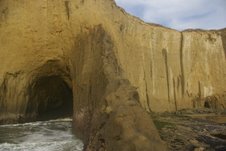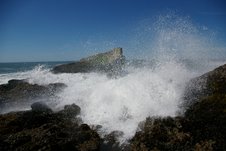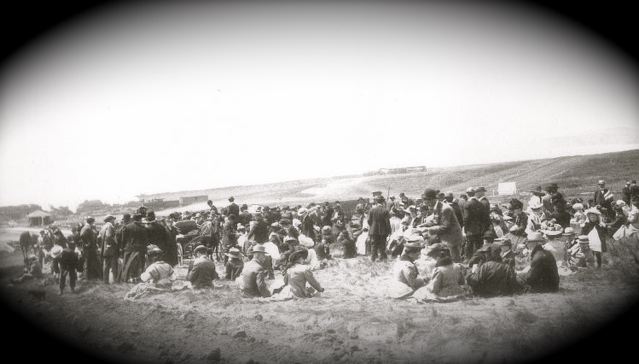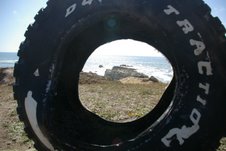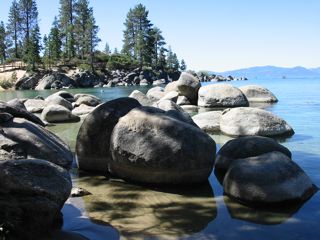Why buy lots in Granada? some asked. Remember the year was about 1908 and after the devastating San Francisco Earthquake and Fire two years earlier, people were truly frightened–and many wanted to move to a “safe” place where the earth wouldn’t shake.
Some “experts” predicted that thousands would actually flee the City–and hopes for the Ocean Shore Railroad soared. The railroad’s real estate subsidiary, the Shoreline Investment Co. chose Granada as their showplace–where they expected a large number of investors to purchase lots on the San Mateo County Coastside.
Daniel H. Burnham, one of the country’s finest landscape architects [he had designed a new street plan, with wide boulevards, for post-earthquake San Francisco but it was never implemented] was hired to design a beautiful plan for Granada. Not just any old plan, but something different and unique.
Instead of straight lines, he sketched a series of semi-circles joining up with Plaza Alhambra. Some avenues in Granda were 150 to 200 feet wide and architect Burnham suggested planting colorful flowers to spurce up the streets. Thousands of trees were planted on the surrounding hillsides–and when completed, everybody agreed that Granada was a masterpiece.
[Note: Irene Bettencourt told me that the Eucalyptus trees on the hillsides were planted by a San Francisco family–I have to find the name.]
….to be continued…


